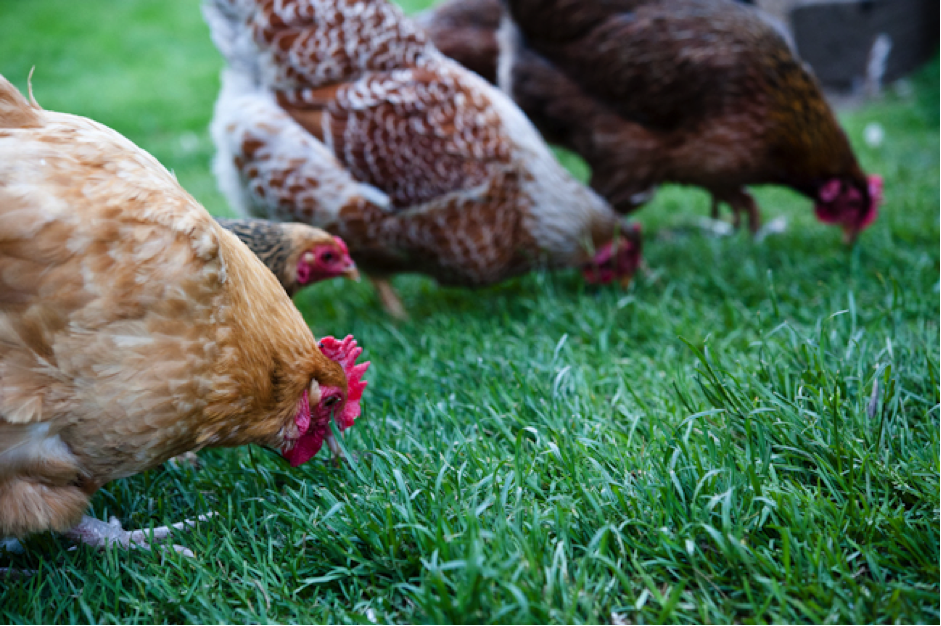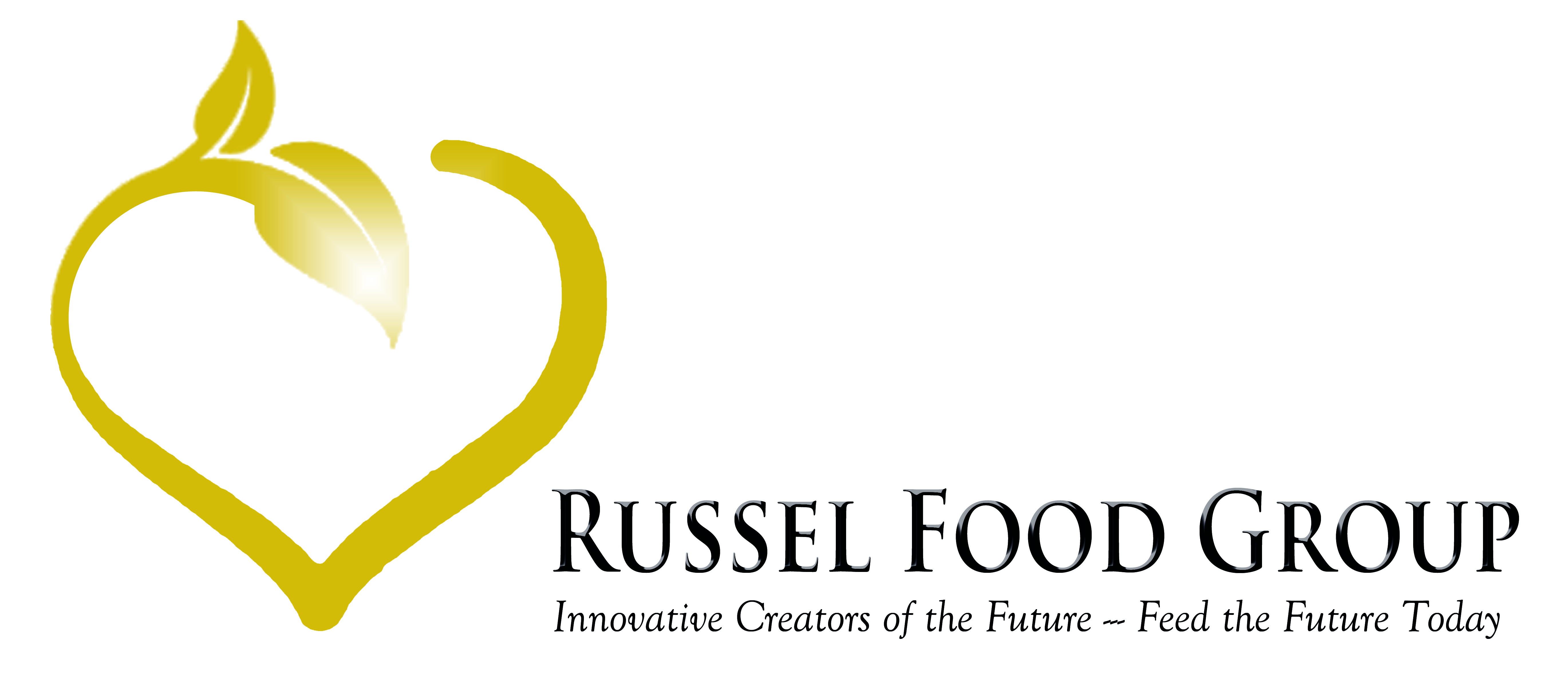History of British Poultry

Poultry keeping in the UK hardly existed as an industry of any sort prior to the 1890s. Annual consumption per capita was 100 eggs and around 1000 M eggs were imported from countries all over the world. The Utility Poultry Club was formed in 1897 and shortly afterwards the first laying trial was held near Northallerton. Until 1920 little was done in the way of giving advice or training to poultry keepers or farmers, but in that year the National Institute of Poultry Husbandry was set up at Harper Adams College. Egg marketing was a haphazard affair until in 1929 a National Mark Scheme was devised in an attempt to streamline distribution, so that UK eggs could compete with foreign imports, some of which were marketed here fresh, clean and graded. This could not be said for the bulk of home produced eggs until that time.
With the practical application of the science of genetics to poultry breeding the concept of the simple laying trial gave way to progeny test trials. By 1986 these have become international rather than national—a reflection of the international nature of the breeding industry. The pre‐war table poultry industry was largely based on a premium product specially bred from such birds as Light Sussex, Dorkings and Faverolles and, at the lower end of the market, surplus cockerels from the commercial layer trade were used. The broiler industry was born around 1954 with the end of feedings tuff rationing.
